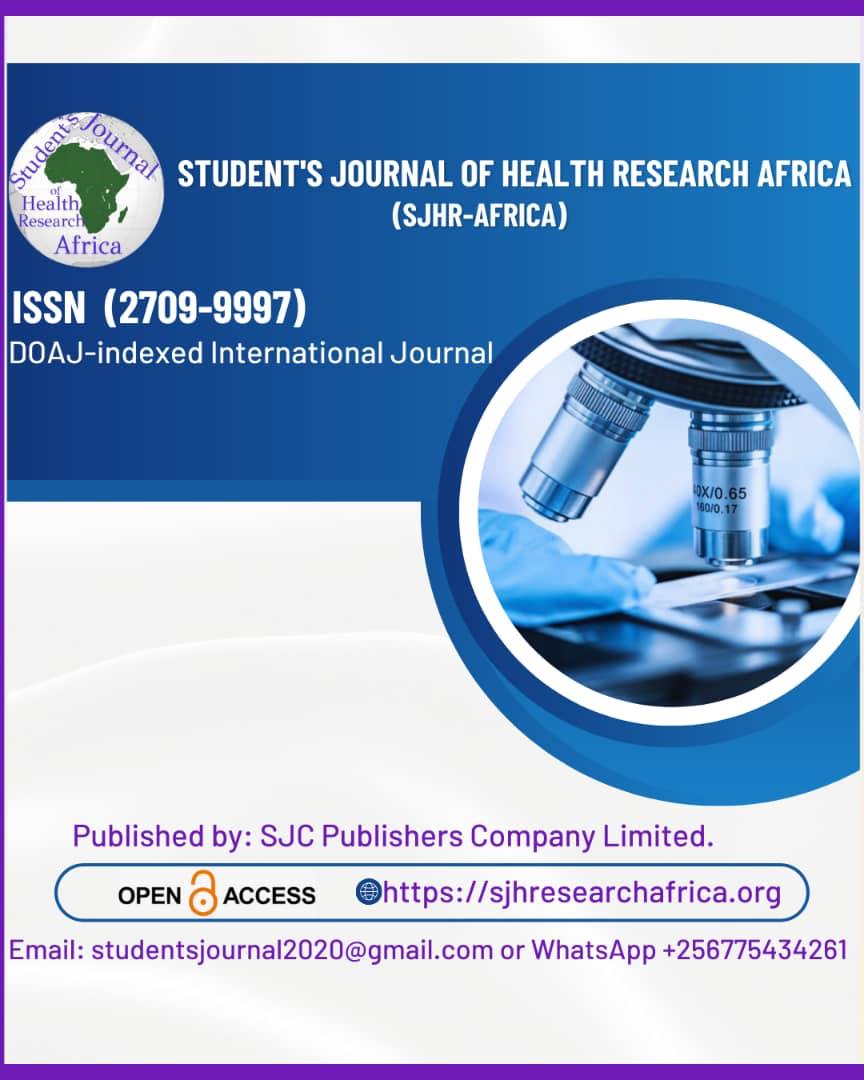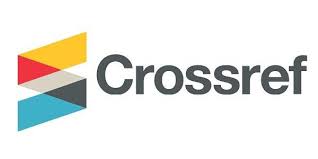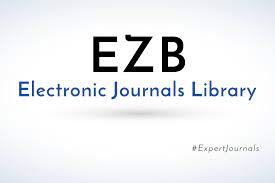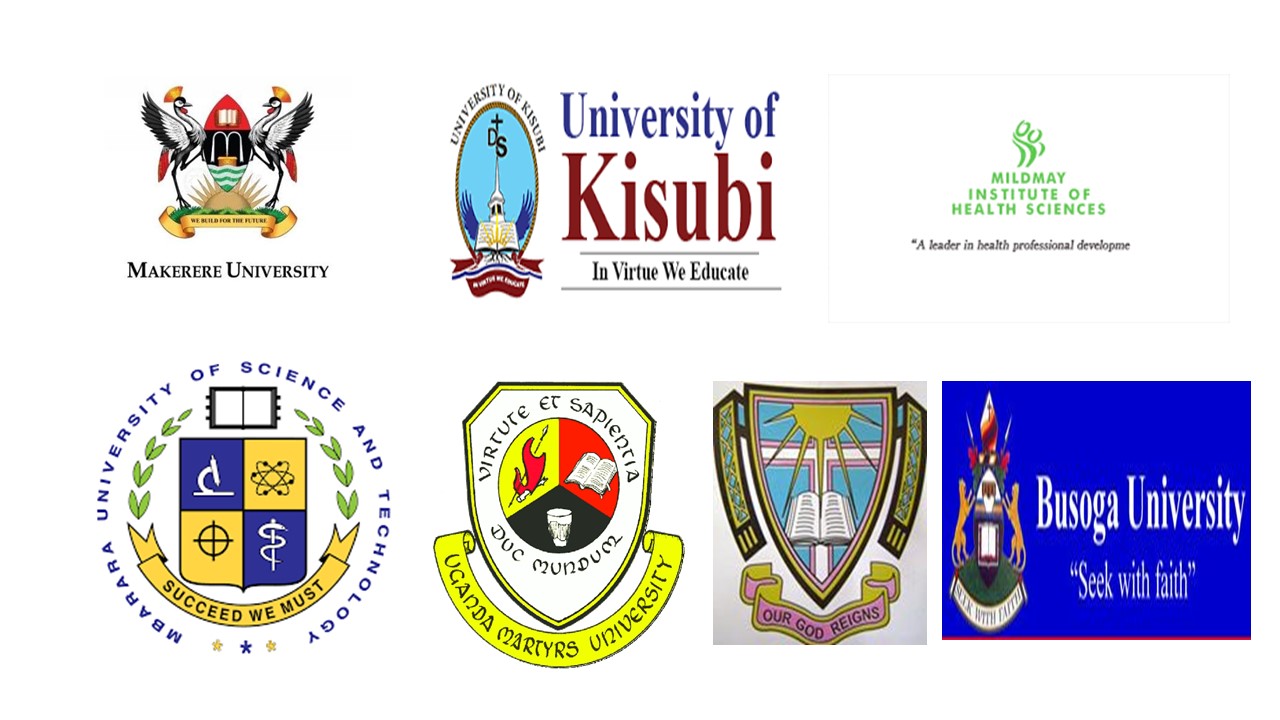Availability of teaching materials and teachers’ preparedness in the implementation of the lower secondary curriculum in government-aided schools in Mbarara city, South. A descriptive survey study.
DOI:
https://doi.org/10.51168/sjhrafrica.v6i6.1902Keywords:
Teaching Materials, Teachers’ Preparedness, Lower Secondary Curriculum, Government-Aided Schools, Mbarara CityAbstract
Background
The successful implementation of the Lower Secondary Curriculum in government-aided schools depends heavily on the availability and effective use of relevant teaching and learning materials. The study aimed at investigating the availability and accessibility of teaching materials in the preparedness of the teachers in the implementation of the Lower Secondary Curriculum in Government Aided schools in Mbarara City South, Uganda.
Methodology
This study employed a descriptive survey research design, targeting participants including city inspectors of schools, teachers, headteachers, and directors of studies, with a sample size of 199. Data was collected using questionnaires and interview guides, analyzed using SPSS for descriptive statistics, and presented thematically.
Results
199 respondents participated in this study, among teachers, 65 (53.7%) were male, while 56 (46.3%) were female, majority of headteachers (n = 4, 66.7%) and directors of studies (n = 4, 66.7%) were male, with only 2 females (33.3%) in each of these roles. The findings reported the availability of teaching materials in implementing the Lower Secondary Curriculum in government-aided schools in Mbarara City South (mean score = 3.90), majority of respondents agreed with the statement that teaching materials are sufficient for every learner, where 44 (36.4%) strongly agreed, 43 (35.5%) agreed, and 3 (2.5%) did not give a response. More than half of the respondents, 62 (51.2%), agreed that the computer laboratory was well equipped, while 27 (22.3%) strongly agreed. However, 19 (15.7%) remained undecided, and only 13 (10.8%) disagreed. Qualitative insights reported the need for increased government funding, retooling of teachers, and infrastructural improvements.
Conclusion
The systemic challenges, such as inadequate resources and overcrowding, affect curriculum implementation.
Recommendation
Stakeholders should prioritize the provision of adequate teaching materials to support effective curriculum adoption and improve education quality.
References
Andema, S., Kendrick, M., & Norton, B. (2013). Digital Literacy In Ugandan Teacher Education: Insights From A Case Study. Reading & Writing, 4(1), 1-8. Https://Doi.Org/10.4102/Rw.V4i1.27 https://doi.org/10.4102/rw.v4i1.27
Asenahabi, B. M. (2019). Qualitative Research, Mixed Methods Research. International Journal Of Contemporary Applied Research, 6(5), 76-89. Www.Ijcar.Net
Cobbold, C. (2017). Moving From Page To Playground : The Challenges And Constraints Of Implementing Curriculum In Ghana. Journal Of Research On Humanities And Social Sciences, 7(4), 1-11.
Cronbach, L. J. (1951). Coefficient Alpha And The Internal Structure Of Tests. Psychometrika. 16(3), 297-334. https://doi.org/10.1007/BF02310555
Fullan, M. (2007). The New Meaning of Educational Change. Routledge.
Gabriel Lengoiboni. (2013). A Harmonized Curriculum For Integration Of Ict In Teaching And Learning For The Purpose Of The Rollout Of The National Laptops Project Curriculum Guide For Ict Integration In Education. 15-45.
Krejcie, R.V., & Morgan, D. W. (1970). Determining Sample Size For Research Activities. Educational And Psychological Measurement. https://doi.org/10.1177/001316447003000308
Kumar, R. (2011). Research Methodology: A Step-by-Step Guide For Beginners.
Mandukwini, N. (2016). Challenges Towards Curriculum Implementation In. Thesis, September.
Moes. (2022). Distribution Of S.1 And S.2 Textbooks For The Lower Secondary Curriculum (Pp. 1-6).
Muhangi, G. T. (2019). Secondary Education In Uganda : Resource Mobilization And Efficiency. 10(20), 79-90. Https://Doi.Org/10.7176/Jep https://doi.org/10.7176/JEP
Mupa, P., & Chinooneka, T. I. (2015). Factors Contributing To Ineffective Teaching And Learning In Primary Schools: Why Are Schools In Decline? Journal Of Education And Practice, 6(19), 125-132. Www.Iiste.Org
Mwita, E., & Onyango, D. Y. J. M. (2022). Availability And Use Of Instructional Resources On The Implementation Of The Competency-Based Curriculum By Grades 1, 2, And 3 In Public Primary Schools In Migori County, Kenya. Journal Of Advances In Education And Philosophy, 6(9), 484-491. Https://Doi.Org/10.36348/Jaep.2022.V06i09.006 https://doi.org/10.36348/jaep.2022.v06i09.006
National Curriculum Development Centre (NCDC). (2020). The Lower Secondary Curriculum Framework. Kampala: NCDC.
Rose, O. (2009). Instructional Materials In The Teaching And Learning Process In Primary Schools Of Nangabo Sub-County, W Akiso District (Vol. 369, Issue 1). Http://Dx.Doi.Org/10.1016/J.Jsames.2011.03.003%0ahttps://Doi.Org/10.1016/J.Gr.2017.08.001%0ahttp://Dx.Doi.Org/10.1016/J.Precamres.2014.12.018%0ahttp://Dx.Doi.Org/10.1016/J.Precamres.2011.08.005%0ahttp://Dx.Doi.Org/10.1080/00206814.2014.902757%0ahttp://Dx. https://doi.org/10.1080/00206814.2014.902757
UNESCO. (2007). Uil Strives For The Promotion Of Learning As A Basic Human Right, Especially For The Underprivileged And Marginalised Adults In The World. Combustion Science And Technology, 21(5-6), 1-49. Https://Doi.Org/10.1080/00102208008946937
UNESCO. (2014). Teaching and Learning: Achieving Quality for All. Global Monitoring Report.
UNESCO. (2015). Safety, Resilience, And Social Cohesion: A Guide For Curriculum Developers. UNESCO International Institute For Educational Planning, 10, 3-24.
Downloads
Published
How to Cite
Issue
Section
License
Copyright (c) 2025 Samuel Muramuzi, Dr. Enock Barigye, Rev. Dr. Judith Arinaitwe

This work is licensed under a Creative Commons Attribution-NonCommercial-NoDerivatives 4.0 International License.






















